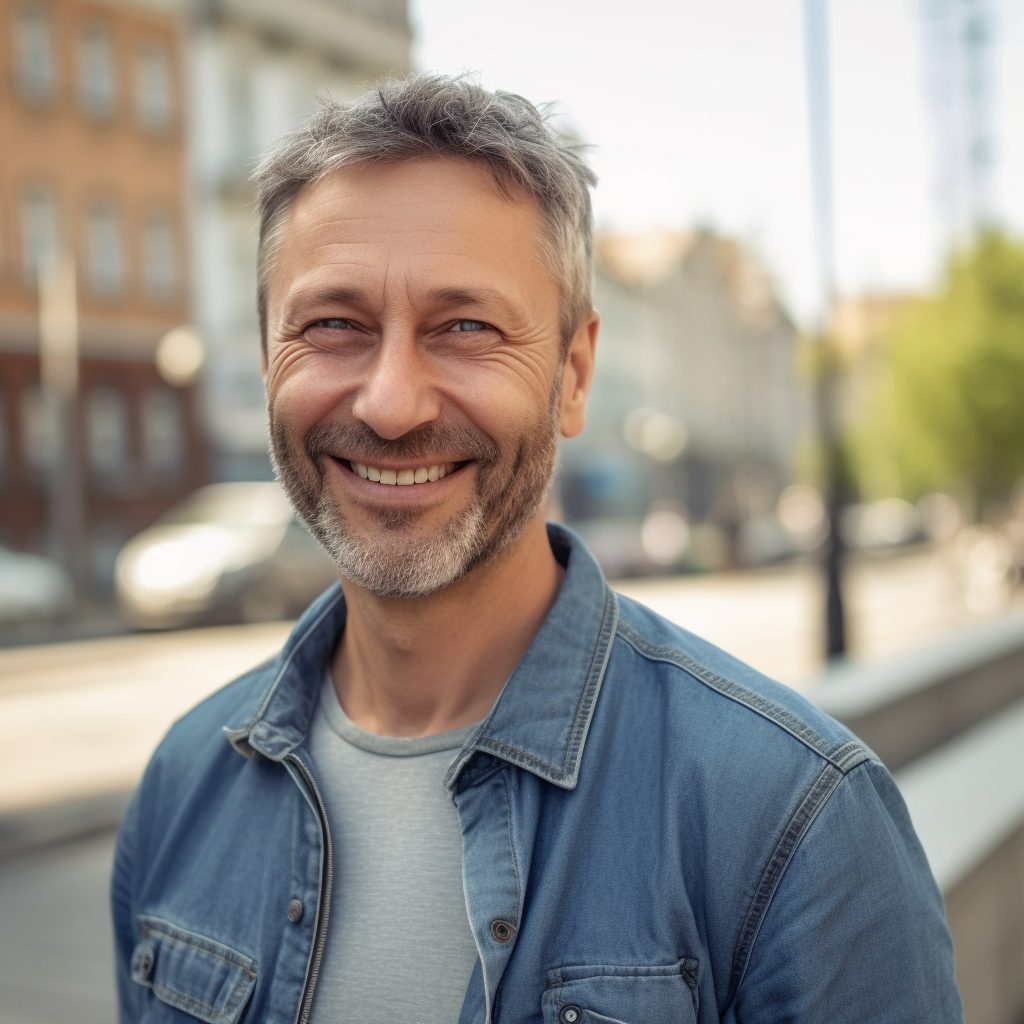The Fall of the Berlin Wall: The Night that Changed the World
A City Divided by Concrete and Ideology
For nearly three decades, the Berlin Wall stood as a brutal symbol of the Cold War. Erected in 1961 by the German Democratic Republic (GDR), the wall split Berlin into East and West, separating families, friends, and a nation. The Wall did not just divide a city—it divided ideologies: communism and democracy, suppression and freedom.
What started as barbed wire soon became a concrete fortress stretching over 155 kilometers. Guards, dogs, and deadly no-man’s-land zones ensured that very few East Germans made it to the West alive. Yet by 1989, cracks in the Iron Curtain began to show. Economic stagnation, growing unrest, and reformist movements across the Eastern Bloc placed immense pressure on the East German regime.
November 9, 1989: A Misstep in History
The night the Berlin Wall fell was not the result of a single planned event but a cascade of miscommunication and public pressure. On November 9, 1989, at a press conference, Günter Schabowski, an East German official, mistakenly stated that travel restrictions were lifted “immediately.”
Thousands of East Berliners gathered at checkpoints demanding passage. The confused border guards, without clear instructions and facing an increasingly agitated crowd, eventually opened the gates.
Timeline of Events:
| Time (CET) | Event |
|---|---|
| 6:00 PM | Press conference begins. Schabowski mentions travel reforms. |
| 7:00 PM | News spreads rapidly through West Berlin media. |
| 8:00 PM | Crowds gather at Bornholmer Strasse and other checkpoints. |
| 9:30 PM | Border guards begin to let people through, unprepared for the rush. |
| 11:00 PM | People from East and West celebrate together atop the Wall. |
Eyewitnesses on Both Sides of the Wall
Heike Lötzsch, a 23-year-old East Berliner, was among the first to cross. “I thought they’d shoot us,” she later recalled, “but when the guards smiled and waved us through, I cried. I didn’t believe it was real.”
On the western side, Hans Keller, a journalist for Der Tagesspiegel, remembered the jubilation: “People danced, hugged strangers, and chipped pieces of the Wall as souvenirs. We knew history was unfolding.”
International media captured emotional reunions and spontaneous celebrations, while governments scrambled to respond diplomatically.
Political Reverberations and Key Figures
Several key figures played indirect but vital roles in the Wall’s fall:
Mikhail Gorbachev: His policies of glasnost and perestroika weakened Soviet control over Eastern Europe.
Helmut Kohl: The West German chancellor moved swiftly to advocate for reunification.
Ronald Reagan: His 1987 speech, “Mr. Gorbachev, tear down this wall!” became a defining moment in the ideological battle.
Their combined influence set the stage for the peaceful revolution that swept across East Germany.
After the Wall: Reunification and Reconstruction
Less than a year after the Wall fell, on October 3, 1990, Germany was officially reunified. The transition was not without difficulties. The economic disparity between East and West Germany, cultural differences, and political skepticism presented real challenges.
Yet, efforts to integrate infrastructure, education, and social policy gradually built a unified Germany. Berlin was declared the capital once more, and construction crews began removing remaining segments of the Wall.
Remembering the Fall Today
The Berlin Wall’s fall is commemorated through memorials, museums, and artistic installations. The Berlin Wall Memorial at Bernauer Strasse offers a preserved section of the border, complete with watchtower and exhibits.
Portions of the Wall have been relocated worldwide—in New York, Seoul, and Cape Town—as reminders of the fight for freedom.
Each November 9, Germany observes the event with speeches, concerts, and candlelight vigils. It’s a moment not only to celebrate freedom but to remember the cost of division.
The Night the World Watched
The fall of the Berlin Wall was not just a German story. It marked the beginning of the end for the Cold War, symbolized hope for oppressed people worldwide, and reminded the world that walls—physical or ideological—can fall.
In the words of Heike Lötzsch, who walked across that night, “For the first time in my life, I felt free. The wall wasn’t just a barrier of concrete. It was everything that held us back. And that night, it crumbled.”
The night of November 9, 1989, changed not only the map of Europe but the hearts of millions who dared to dream of unity and peace.

